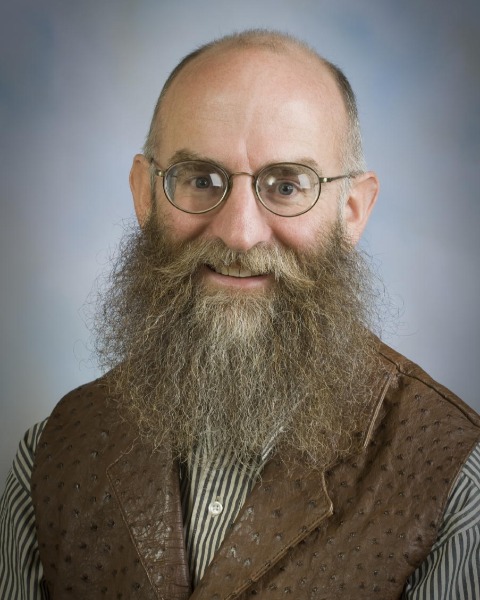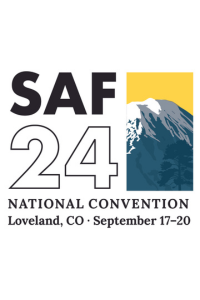Back
Poster
Wildland Fire Management
A Landowner’s Perspective On Wildfire Mitigation: When Trees Are More Valuable Than Houses
Thursday, September 19, 2024
9:30 AM – 10:30 AM MST
Location: McKee Hall

Glen Liston, PhD
Senior Research Scientist
Colorado State University
Loveland, Colorado, United States
Poster Presenter(s)
This poster describes a landowner’s efforts to complete fuel hazard reduction throughout his land (40 acres), rather than just the home area. The homeowner argues that the trees are more valuable than the home. A home can be rebuilt, while old growth ponderosa cannot be replaced in our lifetime.
Learning Objectives:
- Upon completion, the participant will be able describe a wildfire mitigation example for a homeowner where the property is mitigated. While this poster does not attempt to put a dollar value on the old growth ponderosa pine, the importance is summed up by other homeowner’s feelings: “I am not sure I would want to live here if all the trees burned up”. Firefighter guidelines do not recognize the value of old trees; overgrown timber stands are considered a hazard, not something to be preserved. Old growth trees should be considered values at risk, similar to houses and other human-built infrastructure.
- Upon completion, the participant will be able to understand that protecting important forest values means homeowners must create a forest landscape that is fire resilient before a fire occurs. They must thin, prune, limb, and remove ladder fuels in order to create a vertical and horizontal vegetation distribution with fire resilient properties. Additionally, home wildfire mitigation guidelines should extend well beyond 100’ that typical wildfire mitigation guidelines recommend. If a homeowner values trees throughout their property, they should consider mitigation efforts that span their entire property, or a ¼ mile by ¼ mile area in this property owner’s case.

